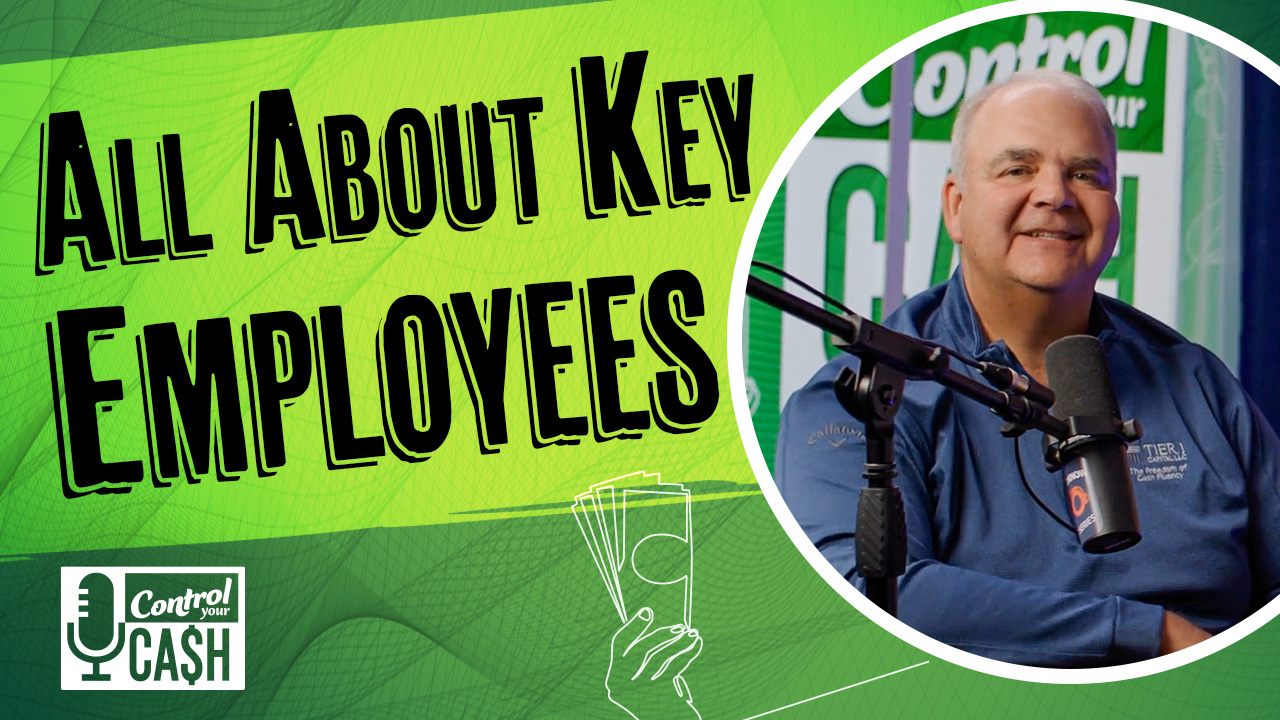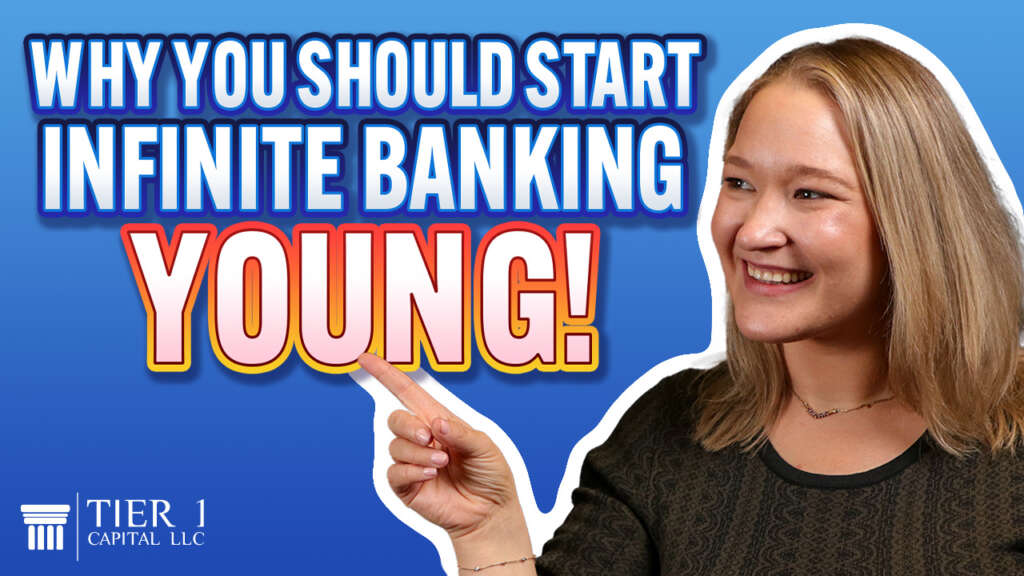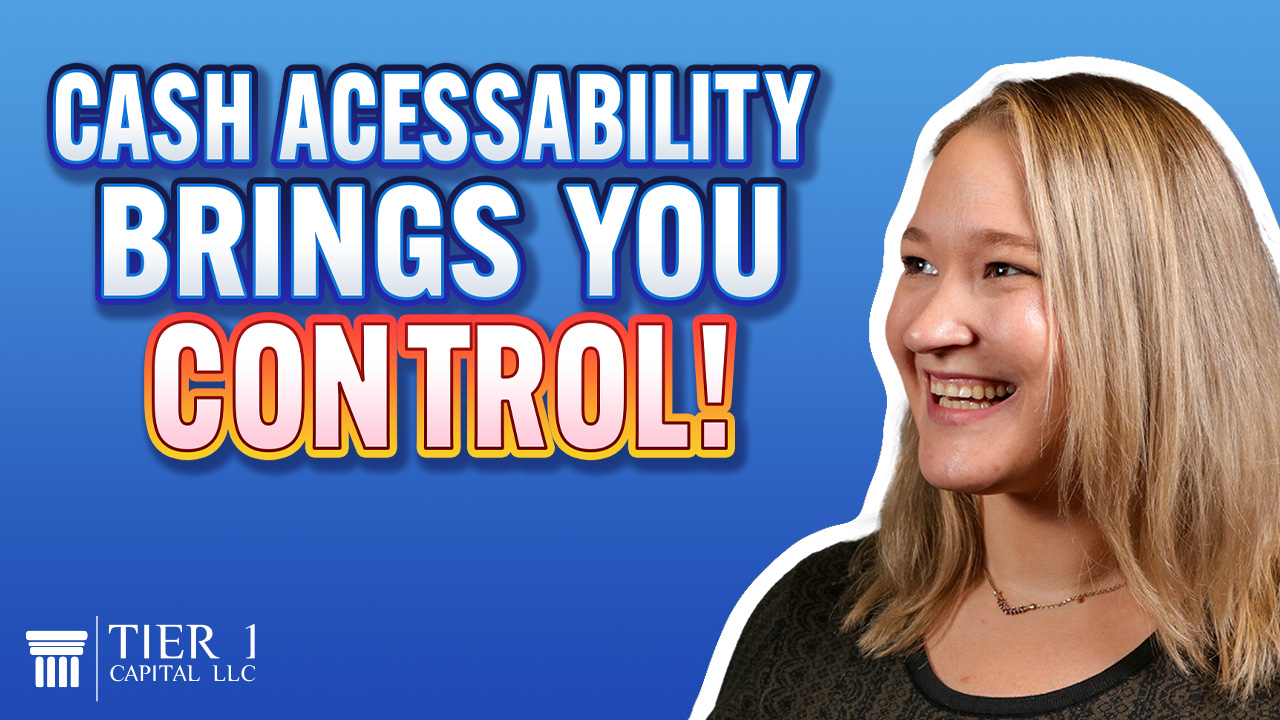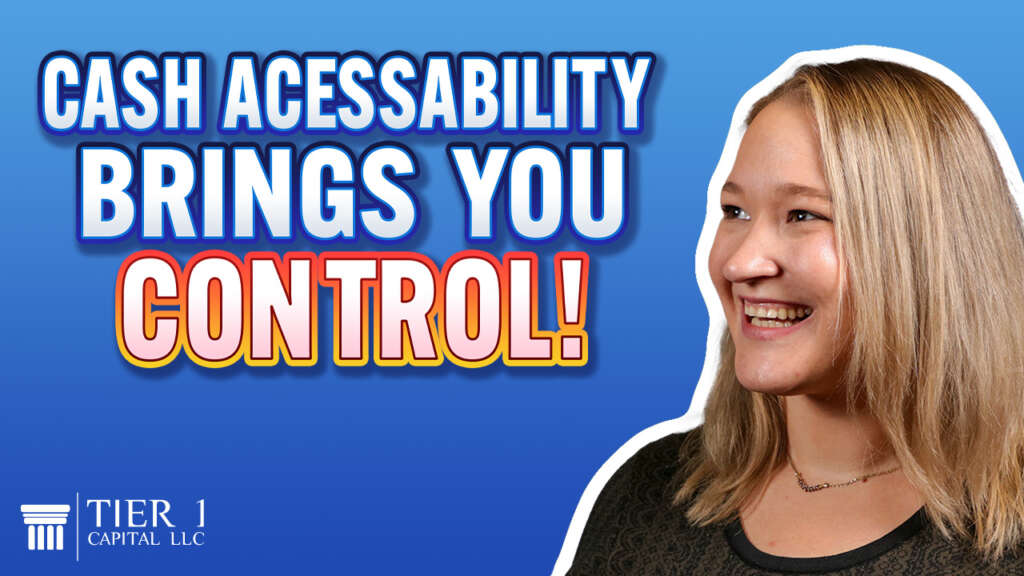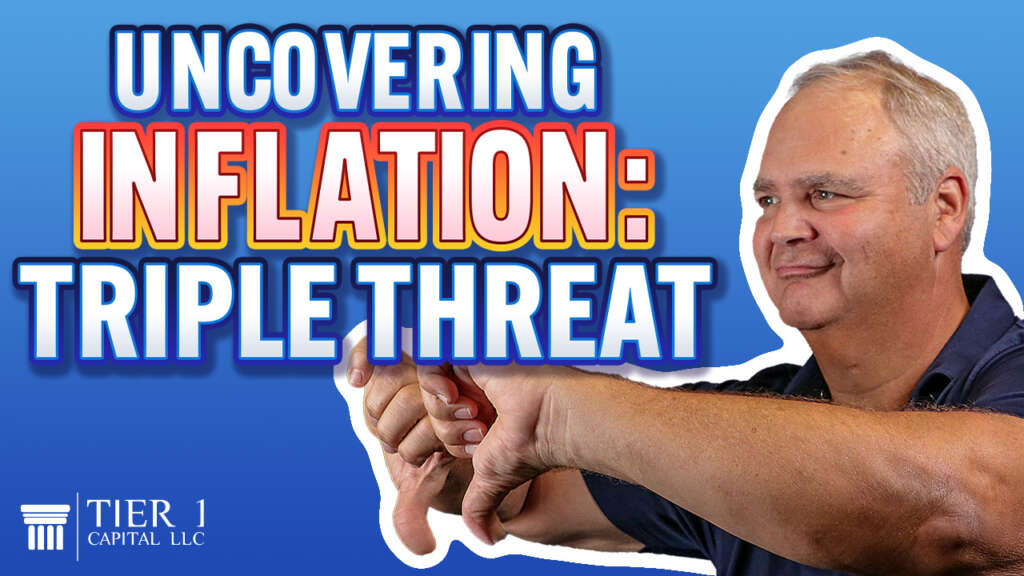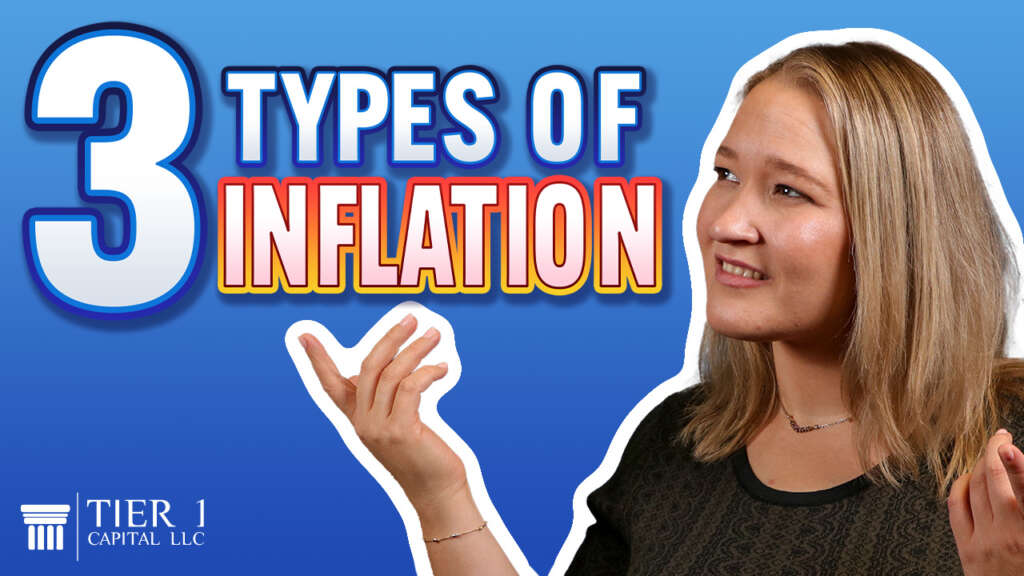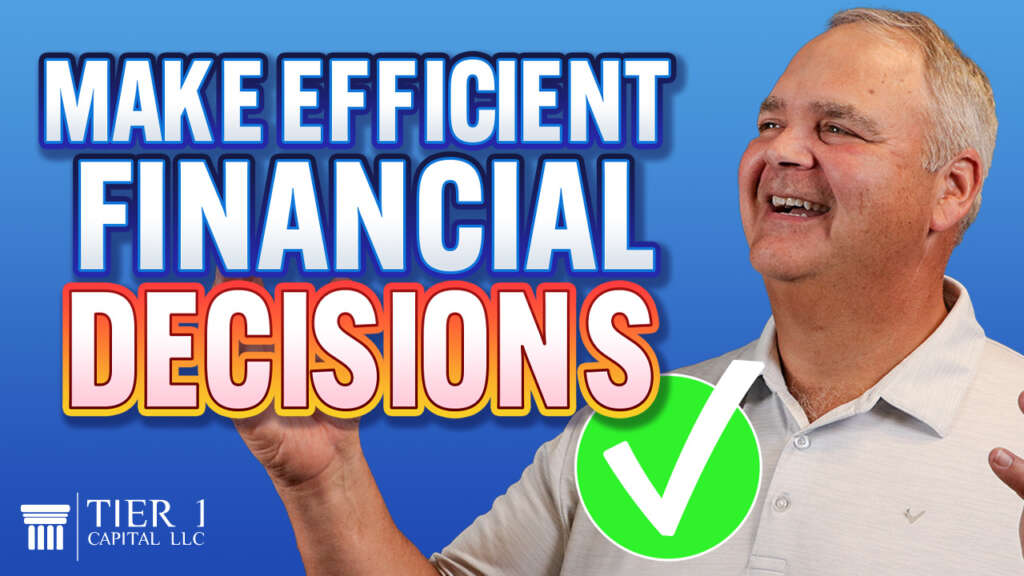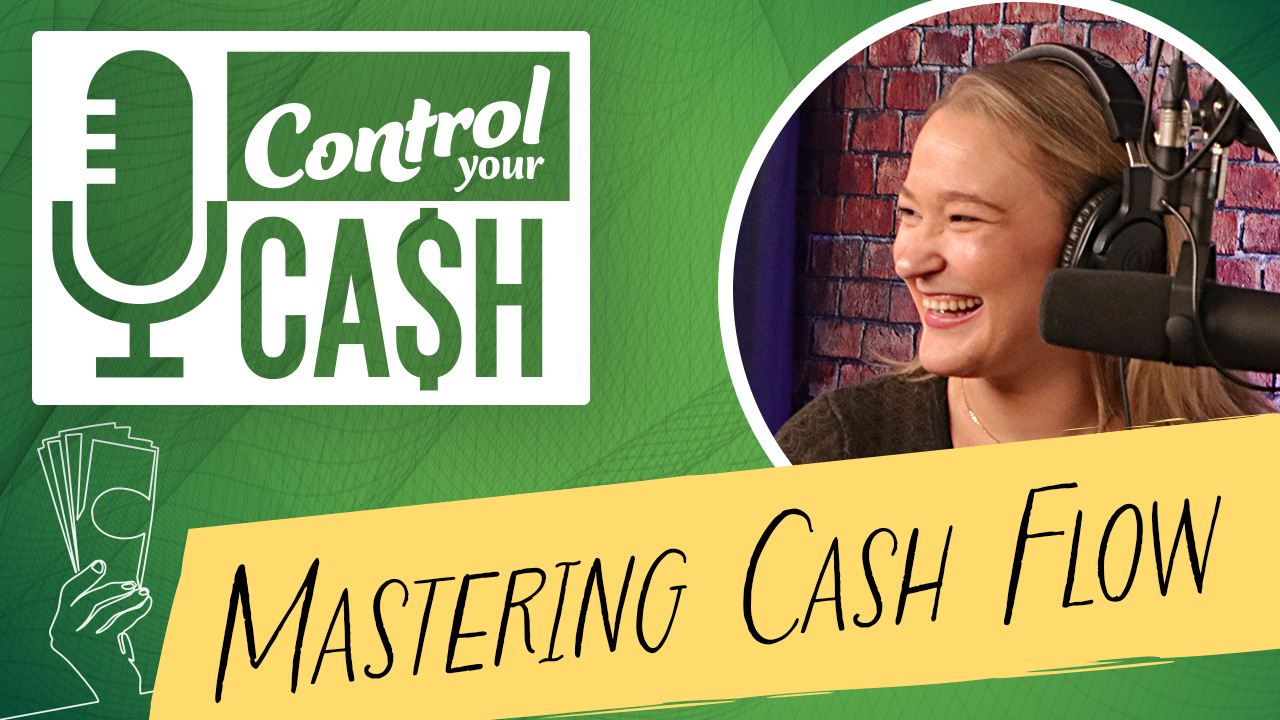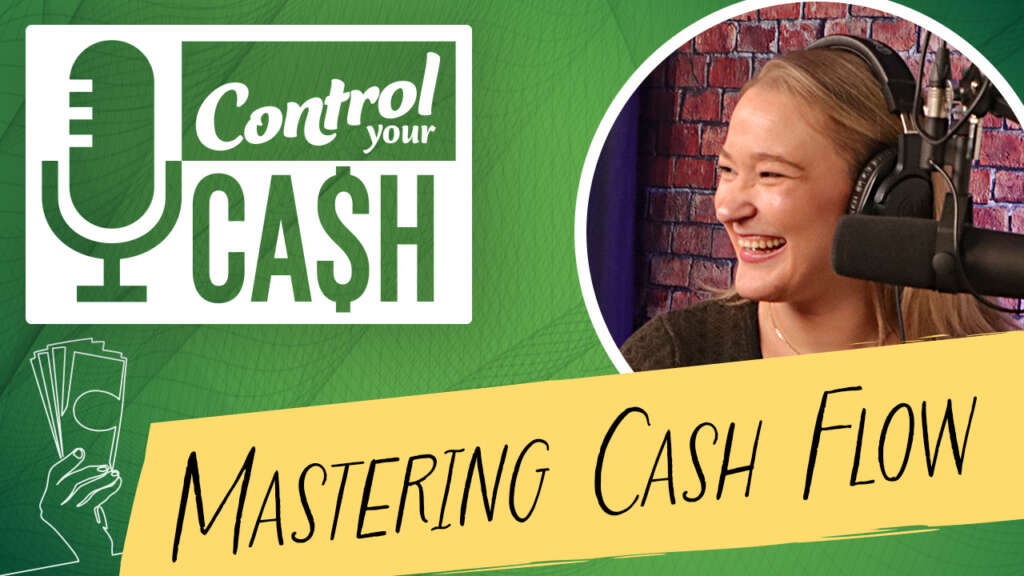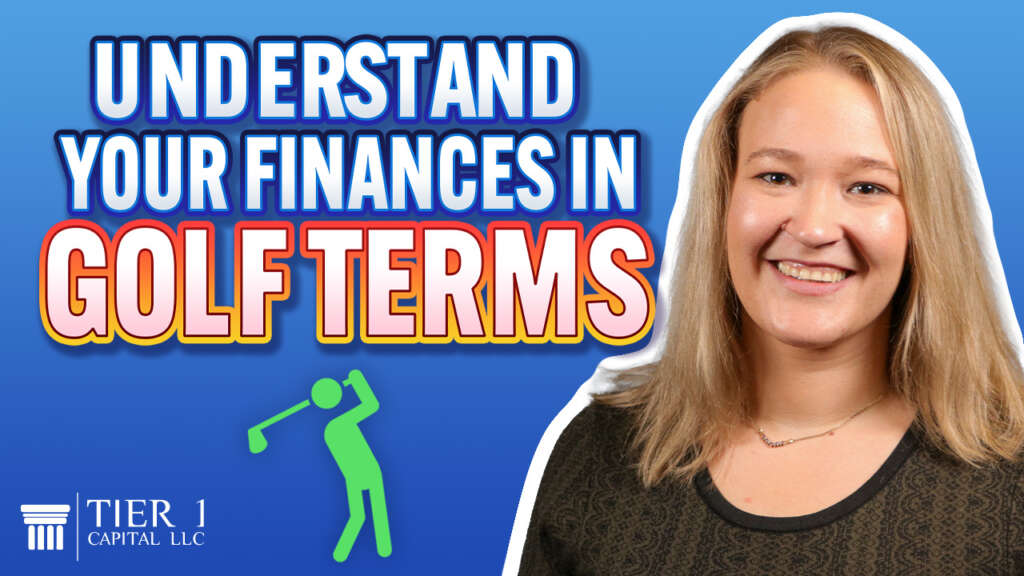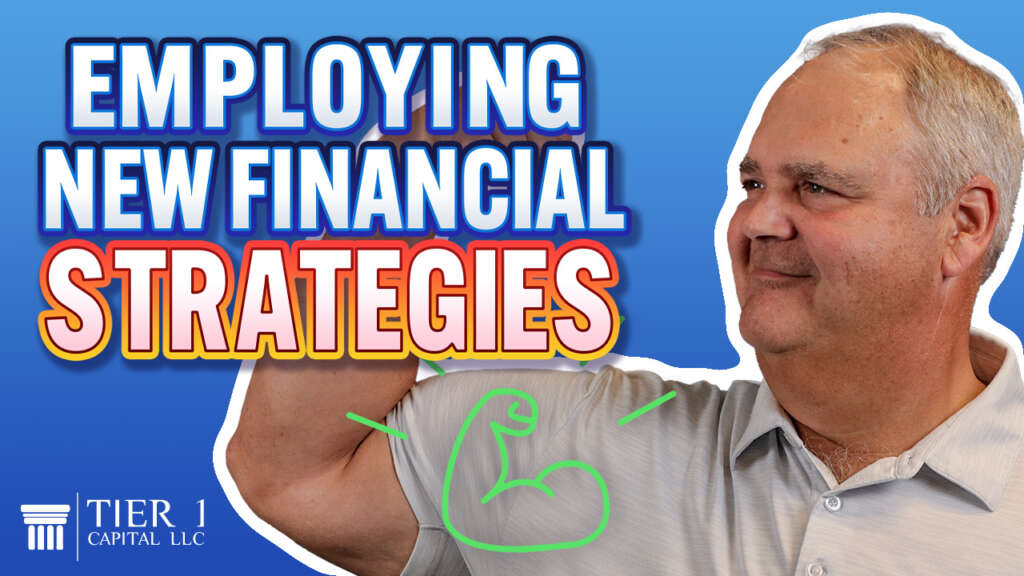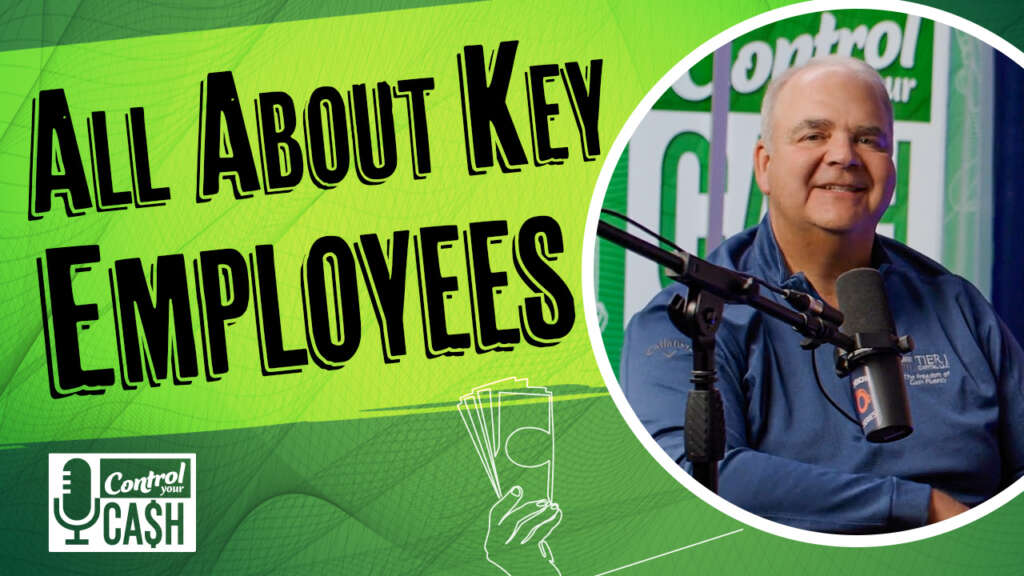
Episode Summary
In this episode, Tim and Olivia discuss the strategic use of life insurance for attracting, retaining, and rewarding key employees. They explore the benefits, including true cost recovery and tax advantages, as they share insights and real-life examples. Learn how small businesses can compete for talent and tailor benefit plans to keep key employees engaged. They also uncover the pitfalls of generic consulting solutions and the importance of personalized strategies in this competitive business landscape. Tune in for actionable tips to regain control of your company’s financial future.
Key Takeaways
Life Insurance Benefits for Corporations:
- Life insurance policies with death benefits allow companies to recover costs associated with benefits, utilizing cash values to fund retirement plans or exit strategies.
Attracting and Retaining Key Employees:
- Small business owners need to compete for talent. Attracting and retaining key employees is crucial due to the high cost of replacing valuable talent.
Customized Plans for Retention:
- Successful plans start with conversations with both the business owner and the key employee to identify what’s important to each party.
The Role of Proper Planning:
- Efficiency of Money: Proper planning using life insurance policies can efficiently inject cash into the business during crucial events like the death of key individuals, aiding in business stability and growth.
Transcript
Olivia: Welcome to the Control Your Cash podcast. Today we’re going to be talking about life insurance, specifically as it relates to how to attract, retain, and reward your key employees. Hi, I’m Olivia Kirk.
Tim: I’m Tim Yurek. We’re from Tier One Capital, and we’re here to show you how to regain control of your money.
Olivia: So tell us a little bit about why executives and why companies and business owners would want to use life insurance instead of investments for attracting and rewarding their key employees.
Tim: Well, there’s a couple of reasons. First and foremost is the fact that built into the life insurance with the death benefit, a company can get a true cost recovery of the benefits and properly structured you can utilize the cash values to help you know, fund a an executive retirement plan or an exit strategy for the owner of the business and then the death benefit, if the company retains the policy, the death benefit can be utilized to cost recover all of the premiums paid and the benefits paid out of that policy.
That’s why you see large corporations, uh, for example, banks. Banks utilize What’s known as BOLI, Bank Owned Life Insurance, and they utilize that to cost recover the cost of their benefit plans, and also to fund their SERPs, Selective Executive Retirement Plans, for their key executives. And again, life insurance creates a nice little cost recovery, but then there’s other benefits.
The second benefit is, if something happens to the executive before they reach the retirement age, you have the death benefit that would kick in, the corporation would get the death benefit and then they could pay the death benefit out as a guarantee of salary continuation for the executive that was deceased.
And I think another big issue is the fact that life insurance, the cash values build up on a tax deferred basis. And what that means is the company doesn’t have to pay tax on the growth inside that policy Until they take it out assuming that cash value is greater than the premiums paid in. So there’s a lot of moving parts so to speak or a lot of little benefits that up that add up to a huge benefit to for a company to utilize life insurance as the funding mechanism for their executive benefits.
Olivia: I got ya. So, you know, in today’s world, as a small business owner, there’s a lot of competition for employees out there. At the end of the day, there’s only one pool of talent, right? And everyone’s competing for the most qualified people out there. So if you’re a small business owner and you have a key employee who’s an asset to the company, it makes sense to want to retain them because the cost of hiring someone could be to 200 percent of what you’re paying your key employee right now.
So setting up these these benefits for the employee and making them attractive to the employee. Because at the end of the day, what one out of every two employees is actively looking for another job out there, at least open to the conversation. Um, it’s important to make sure that you’re competitive with what’s out there in the market.
So you’re not losing that key employee, losing their talent, losing all of that knowledge that they hold within themselves, and then having to start over from scratch at a higher cost. So, um, how do you structure these plans to make it worthwhile for the employee to stay?
Tim: Well, that’s a good question. And so let’s step back a little further, right?
So during the great resignation, Over 28 million people voluntarily left the workforce. They voluntarily quit their job and they went other places. Maybe places where they were appreciated more. Or maybe they were a place where they were getting executive benefits. So, that’s the first thing. The other thing is, think about this.
At the height of this great resignation, 4 million people every month left their job. And that’s especially troubling for small businesses because small business owners, the, a key employee in a small business, might be the only employee within their geographic region that holds the skill set the company needs.
We had one client, as you know, their, their project manager retired and the company literally did almost everything but stand on their head to get this guy to stay with the company. We’ll let you work, you know, Tuesday, Wednesday, Thursday. We’ll let you, you know, we’ll give you extra time off. We’ll pay you 50 percent more to work 40 percent less.
And the guy said, listen, I’m 65, I’ve worked all my life. My wife and I are in good health. We want to travel. We have plans for retirement. There’s nothing you can do to keep me. Here’s the point. It took three people to replace that guy because of the skill set that he had. And that’s something that more and more businesses are being confronted with on a daily basis.
Now, here’s another thing that has to be considered. A midsize or a large corporation is getting a lot of attention from the benefit planning companies because they have the critical mass to make it worthwhile for those businesses, to put in large benefit packages for their executives or their group of key people.
But a small business might only have one or two key people. So these benefit houses are looking at them and saying, well, you know, it’s not really worth our time to just set up plans for two people when we can go and do basically the same amount of work and set it up for seven or eight people. It’s a lot easier and well, it’s more profitable for them.
So the small business owner is really being underserved in that market, if that makes sense. So to answer your question, how do you set up these plans? Well, it starts with a meeting with the company to see, you know, what their appetite is, or how they’re being affected by what’s going on out in the workforce.
Do they have key people? If they left, what type of impact would that have on their cash flow on their business? You know a lot of times you get a guy who might be a great salesman and he uh, you know is, is doing 60, 80 percent of the company sales, and all of a sudden he decides he wants to start his own business.
Now all of a sudden you’ve just trained your biggest competitor, and oh, by the way, he’s taken all of your key customers and your key accounts. So you gotta look at what can we do to make sure that this guy stays around. And a lot of times I heard one story, um, sort of similar situation. There was a guy who was a key salesman and he learned the business and he went to the company.
He realized that he was 65 percent of the overall sales of the business. And he went to the owners of the company and said, Hey, you know, give me 10 percent equity in the business. All he wanted was 10 percent. They’re like, no, no, no. You know, this is a family business. We’re not. He said, oh, okay. He went out started his own business within a very short period of time, two years, put that company out of business.
You know, I mean, so that was really not a good move.
Olivia: Talk about a worst case scenario.
Tim: And here’s the point we could have designed a phantom stock plan that would have. Uh, mirrored, yeah, would have mirrored the equity in the business, but it would not have given…
Olivia: Actual stock.
Tim: Actual stock or an equity position. And I bet the guy would have taken that.
He would have, he would have loved that, right? Because now he doesn’t have any of the bad parts of the business. He just has the equity growth. That’s huge.
Olivia: Yeah.
Tim: So. You know, again, setting up these plans starts with a, a conversation with the business owners. And then, here’s the key point, having that conversation with the executive, finding out what’s important to that individual.
And I’ll give you an example. You know, we worked with a manufacturing company out in Long Island. And we met with the executive. Oh, here’s the other thing. They had, they brought in this consulting firm, big time business consulting firm that did executive benefits from Chicago. So they bring in these hotshots from Chicago who charged them $18,000 to do an analysis that we did for, we would have done for free and they did the analysis and then they came back with a plan that the executives, weren’t interested in because it wasn’t…
Olivia: It didn’t meet their objective, what they care about.
Tim: Exactly. It didn’t meet their objectives.
Olivia: Hey, do you care if we put this in place for you? Is this going to to make you want to stay with us? You know, is this valuable to you?
Tim: How much value will would do you see in this they saw no value in it?
They went to the company and the company said well that’s gonna cost too much to fund. It just was not from either side whether from the executive or the company it wasn’t a viable plan. So the company now has a bad taste in their mouth. And, you know, we get referred in, we come in and they’re like, you know, sitting there with crossed arms because they’re thinking this ain’t going to work because of their past experience.
So the first thing we said was, listen, we’ll do an analysis. It won’t cost you anything. So that sort of brought their guard down a little bit. But then more importantly, we sat down and found out what the objectives of the company were. Which they wanted to reward the CEO who had been there so long and they wanted to reward him for growing the company.
But then they had that CFO that they needed to do something for. That they wanted to reward him. But now doing it in a way that was beneficial or that was valuable to him. So we sat down, we had the key conversation with him. And then all of a sudden found out that you know, he had an eight year old and a six year old.
He needed to educate them, and he had gotten a late start in life. He hadn’t planned and saved money for them. So we designed a plan that would pay $60,000 per year for each of his children for four years while they were in college. In essence, we paid for their, for his children’s college education. As you know, when we delivered the plan, he was in tears with gratitude.
Now the point is this, that guy ain’t going anywhere. He’s beholden to that company because that company is going to educate both of his children and it won’t have to come out of his pocketbook.
Olivia: Right, right.
Tim: Right, and and so here’s the deal all he’s got to do is what he’s been doing every day show up go to work. Do everything that he does and do it to the best of his ability. He’s all in on that.
Now, he’s got a greater incentive to look out for the benefits of that company. Why? Because that company is taking care of his, his responsibility, which is to educate his children. So the point is, getting to that valuable point, or understanding what’s important to the executive, as well as what’s important to the company, then our job is easy.
Then we just find a way to make it happen. And the key is there are so many different types of plans out there. We could help people to find the right plan for them. That fits their budget, might be more, you know, balance sheet or income statement friendly, and all of a sudden, now we’re adding value.
Olivia: Right, because although you’re quote unquote paying for, for this benefit, you’re also building an asset that’s on the company’s books. So it’s not, you’re just dishing out all of this money and never seeing it on the balance sheet. You have the benefit. Growing and accumulating within the plan and then also on the back end, you have that cost recovery associated with the death benefit, which is a huge deal for the company because basically of the money that you put into the plan, you’re able to cost recover when that insured passes away.
Tim: Yeah. And again, when you set it up properly, we set it up where the company would get a rate of return, not only get their money back, but get it back at an opportunity cost. So now all of a sudden they’re getting their money back. They’re getting growth on that money and they’re locking in this key person and they’re providing a benefit that is recognized as a huge, massive value for that executive.
Again, that’s the best way to do it. And You know, we’ve, as you know, we do that over and over and over again, but the key is having those key conversations.
Olivia: Exactly. And then thinking about it from a business perspective, right, once that person dies and you get that death benefit, it infuses into the company, right?
So you could expand the company. You could create another plan for your next key employee that you don’t want to lose. And it kind of creates a momentum within the company because cashflow is the lifeblood to any business. So creating that perpetual motion by insuring these key employees is actually a good thing from a current cashflow perspective.
And then those windfalls coming in down the line as well.
Tim: Yeah. And think about this. Most companies, you know, there’s a, we have a saying, are you insuring your PCs, right? Your personal computers. More than you’re insuring your VPs. And think about that. Computers don’t make your business what it is. You’re key people.
All of your people make your business what it is. You know, your business is just a building and its equipment. But it’s the people that are operating the equipment. It’s the people that are inside the building. that make your business successful. Doesn’t it make sense to insure them? Because God forbid, if you lose one of them, that’s going to cost you money to try to replace that person.
Olivia: I’m thinking about this from a family, a small family business perspective. Um, this would be extremely beneficial for um, those multi-generational businesses, you know, the younger generation ensuring that older generation while they’re still insurable, while you could still afford that cost, um, on that person would be a huge, a huge incentive, right?
Tim: Yeah
Olivia: A huge relief off that second generation, right? Because, you know, think about the value that that original or older generation holds within the company.
Tim: Right. And you think about, you know, the, the likelihood of a business going to the second generation or the third generation, or even the fourth and fifth generation.
It’s, the odds are insurmountable for a company to get to the fourth generation. But yet we know a lot of businesses locally and nationally that are in the fourth and fifth and sixth generation. That’s where they did the planning. That’s where they had the key conversations to make sure that everything was done properly, to make sure that the business could pass to that next generation in the most tax efficient and most effective way going forward.
Olivia: So when you’re, when we’re thinking about, you know, multi-generational family businesses, how important is that cashflow in making sure that the business is able to go multi-generations? Um, cause you know, when, when the key person dies, when, you know, the first generation passes away, they not only, you not only lose that family member, but you also lose that family member’s mentorship and their knowledge and, and their relationships often could go with them.
Tim: Right.
Olivia: You know, you, you didn’t have those, um, relationships. You didn’t build those relationships as firmly necessarily as that first generation. So, you know, you’re up against a lot. Um, you know, when that first generation passes away and not only that, but maybe the proper planning wasn’t put in place, and you have to buy mom out of the business now.
You know, how are you going to do that when now you’ve lost your relationships, you’ve lost the revenue, um, you’re still figuring out all of the things that that person was doing? Um, the cash flow could make a huge difference in those, those situations.
Tim: Oh yeah, and then you have another issue. And the other issue is maybe the banking relationships that the business had we’re with the, let’s say the founding generation and all of a sudden the founder dies and the bank doesn’t have the same relationship with that next generation and that next generation doesn’t have the, maybe the talent, maybe it does, but it certainly doesn’t have the relationships and all of a sudden now, you know, uh, a very good banking customer all of a sudden becomes not quite as good.
And now the bank looks at this, are, you know, uh, yeah, we understand you need more money to, you know, an increased credit line and some, some equipment loans, et cetera. We understand you need that money, but, you know, we had a great relationship with your dad. We don’t, we don’t know you, and you don’t have as much of a track record.
And your dad had all the relationships, you know, with, you know…
Olivia: It all of a sudden becomes riskier for the bank.
Tim: It becomes a riskier proposition for the bank. But here’s the point. What could solve that problem for the next generation? Wouldn’t it be, so the problem is the death of the founding generation.
Wouldn’t the solution be, wouldn’t it be neat if you could have the, the event that triggers the problem, the death of the, of the founding generation? Wouldn’t it be cool to have that same event, the death of that individual trigger the solution to inject the company with cash.? I mean, it’s just efficiency of money.
So now think about what you could do. You can set up a succession plan for the founding generation, an exit strategy, funding these benefits. And then when the founder dies, you get an injection of cash that the second generation or the next generation could utilize to, continue to, to, to operate the business and possibly to grow the business.
It’s all possible. It just becomes an issue of, are you doing the proper planning?
Olivia: Yeah. At the end of the day, the planning is, is going to be the key. Setting up those, those documents with the lawyers, also setting up the plans that are properly funded, that have the proper amount of death benefit to allow these goals to be accomplished.
Because it is possible at the end of the day. But it’s not possible if you don’t do the proper planning. You know?
Tim: Yeah, absolutely. And so oftentimes we’ll see that where companies didn’t do the proper planning or they did the planning and it wasn’t set up properly or it was underfunded or God forbid they used the wrong types of insurance and we see that so often, um, it’s a shame, but it, it happens.
Olivia: With the proper planning anything is possible. Especially when it comes to family business or small business it is important to address these issues, make sure that proper planning is in place so that what you want to have happen is going to happen, even if you’re not there to see it happen. Many times, small business owners and family business owners are putting their heart and soul into this business only to have their years of hard work, dedication, and perseverance demolished at their death.
You know, because at death come, there’s a lot of costs. There’s a lot of things that need to happen at that time that cost money and time. So if you’d like to get started with a plan designed for your family business, your small business to make sure it makes it to that next generation or to make sure that you’re able to exit without bankrupting the business or without closing those doors.
Check out our website at tier1capital.com. Schedule your free strategy session today. We’d be happy to speak with you about your specific situation. Also on our website, we have a free guide. The six critical questions to ask when doing this type of planning. Just click on the button that says business planning guide under our free resources.
Tim: Thanks for listening to the Control Your Cash podcast. I’m Tim Yurek. Until next time.
Olivia: I’m Olivia Kirk. Have a great day. We’ll talk to you soon.


